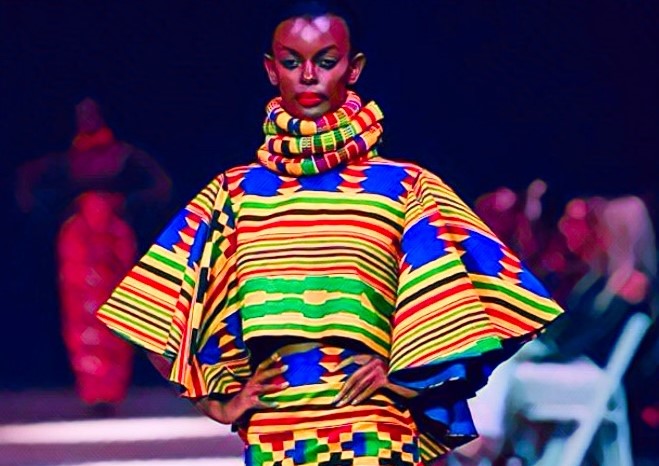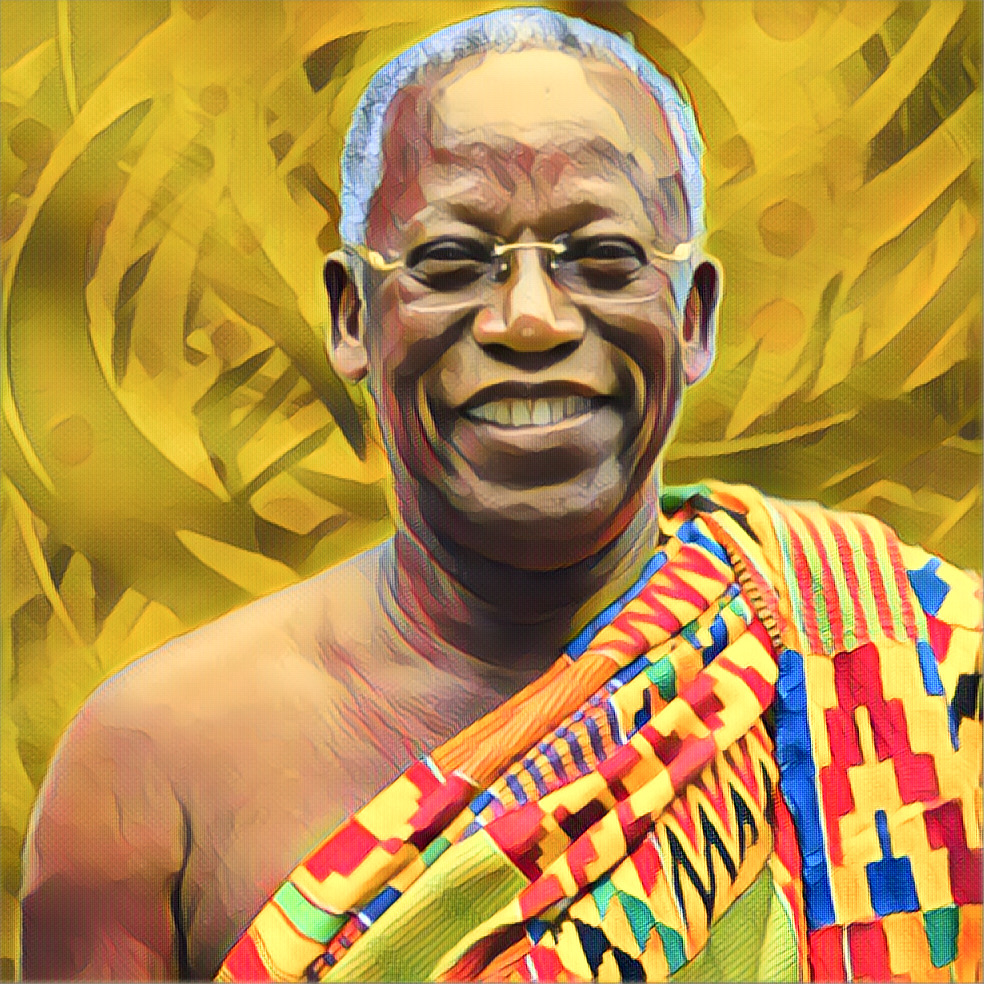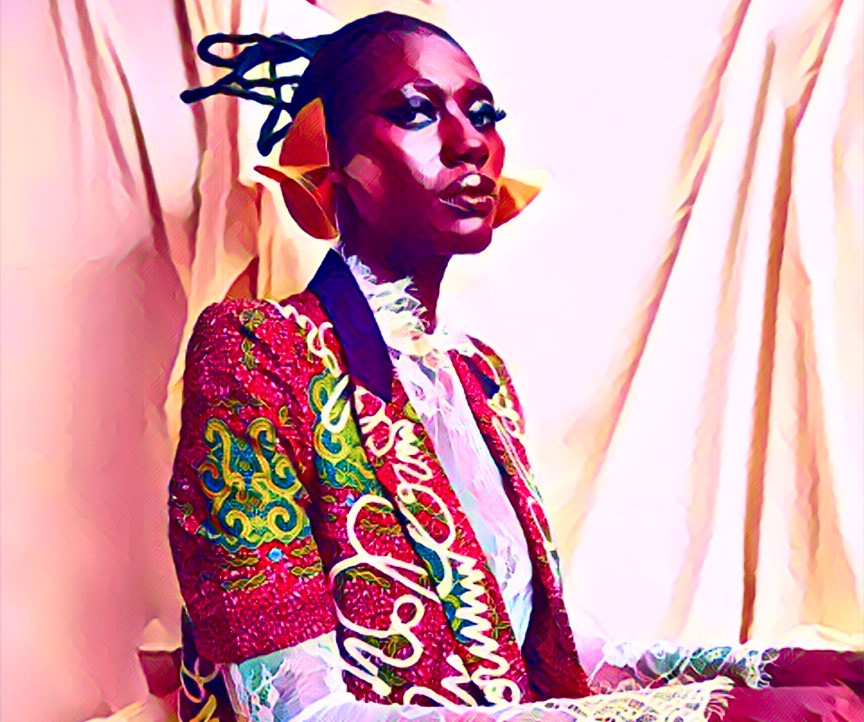KEY POINTS
- Kente cloth, originating from the Akan kingdom, symbolizes Ghanaian identity through intricate weaving, colors, and patterns.
- Modern uses of Kente extend to global fashion, art, home decor, and cultural exchange programs, showcasing its versatility.
- Protecting Kente’s authenticity and fostering sustainable collaborations ensures its preservation and continued global prominence.
Kente cloth, a vibrant handwoven textile from Ghana, holds a special place in the nation’s cultural heritage. Known for its intricate designs and vibrant colors, Kente cloth is more than just fabric—it’s a symbol of identity, history, and pride for the Ghanaian people.

Preserving and promoting traditional textiles like Kente is crucial, not only for safeguarding cultural heritage but also for fostering sustainable economic growth through crafts.
Kente cloth’s evolving use in modern fashion, home decor, and cultural exchange programs underscores its enduring relevance and global appeal.
Origins and history of Kente cloth
The origins of Kente cloth trace back to the Akan kingdom of Ghana, particularly the Ashanti people. Legend has it that two men from Bonwire, a village in the Ashanti region, learned the art of weaving by observing a spider spinning its web. Inspired by the spider’s skill, they created the first Kente fabric, weaving intricate patterns on wooden looms.
Traditionally, Kente is handwoven using dyed silk or cotton threads, with each color and pattern carrying symbolic meaning. For instance, gold represents wealth, blue symbolizes harmony, and black signifies spiritual strength.

These symbolic designs have historically been associated with royalty, making Kente cloth a marker of prestige and cultural pride.
Cultural significance of Kente cloth
Kente cloth holds immense cultural significance in Ghanaian society. Historically reserved for royalty and special occasions, it is now widely worn during traditional ceremonies like weddings, funerals, and festivals. The fabric plays a vital role in symbolizing unity, cultural identity, and spiritual values within communities.

Beyond ceremonial use, Kente serves as a visual narrative, with its patterns and colors conveying specific messages. For example, the “Eban” pattern symbolizes safety and security, reflecting the fabric’s role in preserving Ghanaian cultural heritage.
This connection between cloth and cultural storytelling reinforces Kente’s importance as a living tradition that continues to inspire pride and unity in Ghana and beyond.
Modern uses of Kente cloth
Kente cloth’s influence extends far beyond traditional settings, finding a vibrant presence in modern fashion and design. Contemporary designers in Ghana and abroad have incorporated Kente patterns into clothing, accessories, and footwear, blending heritage with innovation.
Ghanaian fashion houses are showcasing these designs on global platforms, bringing Kente to international runways.
In-home decor, Kente patterns are used in upholstery, curtains, and wall hangings, adding a touch of African artistry to interiors. Artists have also embraced Kente in their creations, crafting sculptures and paintings that highlight its intricate designs.
Moreover, Kente cloth plays a central role in cultural exchange programs and educational initiatives, teaching younger generations about Ghanaian heritage while fostering global appreciation for African craftsmanship.
Success stories
Consider the story of Christie Brown, a Ghanaian fashion brand that incorporates Kente-inspired patterns into its collections, gaining acclaim on international stages.

Similarly, artist Ibrahim Mahama integrates Kente into his large-scale installations, presenting Ghanaian craftsmanship to the global art world.
Another notable example is the National Commission on Culture in Ghana, which organizes cultural exchange programs featuring Kente weaving demonstrations.
These initiatives not only preserve the craft but also promote cross-cultural dialogue, showcasing the global resonance of Ghana’s heritage.
Opportunities
The future of Kente cloth is brimming with possibilities. As sustainable and eco-friendly textiles gain global traction, Kente stands out for its handmade, low-impact production process.
The rising interest in African culture provides opportunities for Ghanaian designers to collaborate with international brands, bringing innovative Kente-inspired designs to global audiences.
However, challenges remain, including the need to protect Kente’s authenticity amid increasing imitations.
Promoting intellectual property rights for Ghanaian weavers and fostering collaborations between traditional artisans and modern designers are crucial steps to ensure the craft’s sustainability. With these efforts, Kente cloth can continue to thrive as a symbol of Ghana’s rich heritage and creative potential.
Kente cloth embodies Ghana’s rich cultural heritage, blending artistry and symbolism with practical and aesthetic value. Its enduring appeal lies in its ability to bridge the traditional and the modern, from ceremonial attire to global fashion statements.
Preserving Kente cloth ensures the continuity of an art form that celebrates Ghanaian identity and inspires the world. With growing opportunities for innovation and collaboration, the future of Kente cloth is bright, offering a testament to the timeless beauty of Ghanaian craftsmanship.




